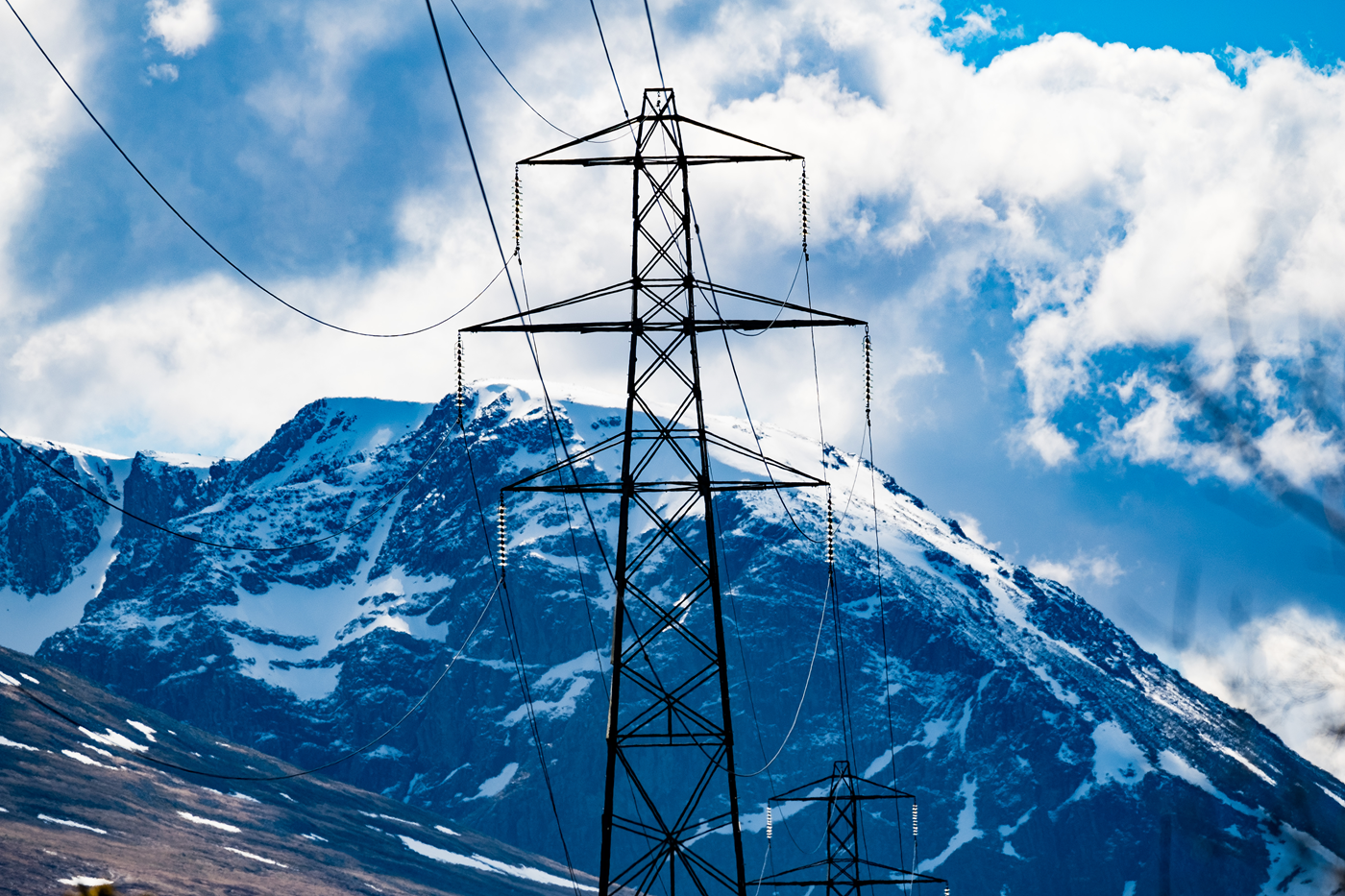Delivering Safer, Smarter, Greener, and Faster Innovation: Celebrating World Innovation Day
A blog by Alan Ritchie, Innovation Manager at SSEN Transmission
Today is World Innovation Day; shining a spotlight on the important role that innovation and creativity play in achieving the United Nations 17 sustainable development goals.
To achieve the necessary scale of electrification required for a decarbonised world, we must embrace new methods of producing, storing, and utilising energy. This entire transformation relies heavily on a safe, secure, and reliable grid infrastructure, and innovation is the gateway to achieving net zero.
Our Innovation Strategy
In March, we launched our Innovation Strategy which sets out our strategic innovation purpose, vision and focus areas. This strategy acts as a guide to how we develop and implement the right innovations to help enable SSEN Transmission’s transition to a low-carbon economy.
We recognise that without our people and stakeholders getting involved in innovation we cannot innovate on the scale we need to reach net zero. That’s why we’re continuing to build a strong culture of innovation across SSEN Transmission – so that everybody has the opportunity for innovative thinking and action. This strategy goes beyond the boundaries of our Innovation team, so that it lives and is embedded within the actions and behaviours of all our employees and stakeholders.
Our four focus areas – safer, smarter, greener, and faster - serve as the cornerstone of the Innovation Strategy and were identified through horizon scanning and stakeholder engagement, pinpointing opportunities where innovation can have the greatest impact.
Safer
Using innovation to push to be safer than we are today.
We will focus on the security of the network, reducing physical hazards, promoting safe behaviours, and we’ll do so by designing out risk and designing in safety from the start.
Case study: AIM High
Our AIM High project aims to set up and evaluate an autonomous robot system for ongoing monitoring in our growing number of High Voltage Direct Current (HVDC) valve halls. This technology removes the need for our staff to enter these dangerous areas and helps us keep a continuous check on the system to avoid unexpected outages, improving the safety and reliability of our network. By taking a proactive approach to asset maintenance, we can bring about substantial savings for energy consumers by reducing the overall maintenance costs of our network.
See the autonomous robot in action here:
Smarter
Becoming future ready by learning and adapting to maximise our assets.
We will apply logic, data, and the right skills and experience to increase functionality and actively seek new ways of working and collaboration to improve efficiency.
Case study: The NIMBUS project
With the threat of climate change and severe weather impacting our network, the NIMBUS project aims to use meteorological data to allow for smart decision-making around the design and maintenance of our assets.
Find out more about the NIMBUS project:
Greener
Applying the test of sustainability to everything we do.
We will use innovation to quantify and communicate our contribution to net zero, reducing environmental harm throughout the lifecycle of our assets.
Case study: OHL Foundation Uplift
The OHL Foundation Uplift project is looking at researching a new foundation design for overhead lines that is compact, provides structural confidence, but overall is using considerably less material and returns significant carbon savings and cost savings to the consumer.
Our stakeholders have told us what matters most to them, and we want to keep that conversation going to make sure we're focusing our efforts in the right areas. We plan to build our network not just faster, but also greener, by making our operations, vehicles, materials, and facilities more environmentally friendly through ongoing innovation and research.
Faster
Keeping pace, increasing productivity, and minimising delays through flexibility, agility, and empowerment.
We will apply new tools and assets, focus on the output to remove barriers and champion efficient ways of working.
Case study: Low Profile Poles
In the North of Scotland, the high altitudes of over 300 meters where many of our wind farm connections are located pose unique challenges. Currently, the standard specification requires the use of large lattice towers suitable for these conditions.
However, there have been developments with the new Low-Profile Poles design that feature a smaller foundation and a simpler construction process, while still meeting all necessary standards.
As the network embarks on a journey of transformation and growth for net zero, it is essential we are continuing to push the boundaries by exploring and developing innovations to transport more power through the existing infrastructure, build the new transmission assets needed with less impact on the environment and the communities that house it.
For more information on our innovation portfolio, visit www.ssen-transmission.co.uk/about-us/innovation
